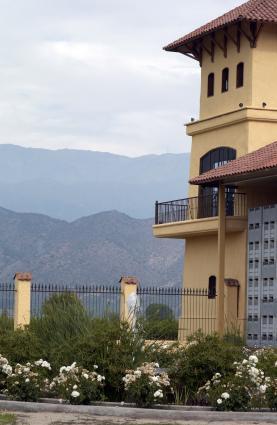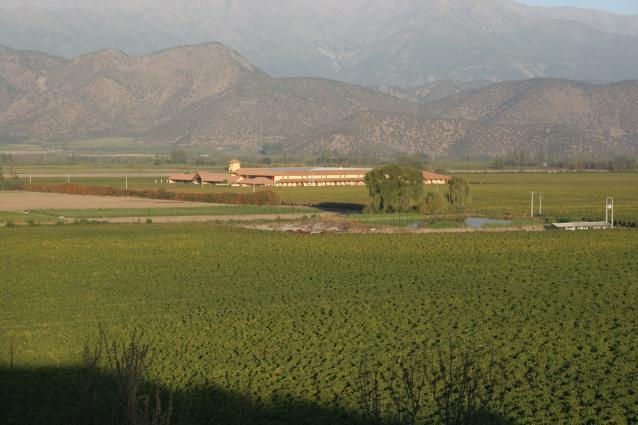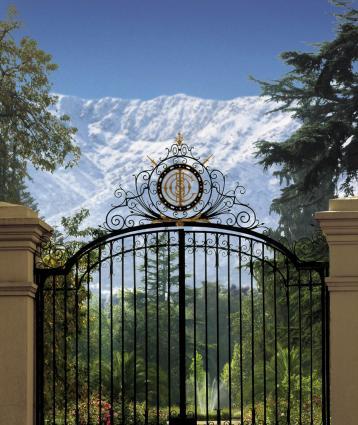Cousiño-Macul Antiguas Reservas Cabernet Sauvignon

Wine Description
Since the debut in 1927, Antiguas Reservas has always been a limited selection of the very best Cabernet Sauvignon from the Cousiño-Macul estate vineyards. Over the years, Cousiño-Macul has maintained its classic style by combining New World ripeness with Old World elegance, finesse and a framework to age long and well.
 Acclaim
Acclaim
 Vineyard & Production Info
Vineyard & Production Info
 Winemaking & Aging
Winemaking & Aging
 Analytical Data
Analytical Data
 Wine Production
Wine Production
After a careful manual harvest and careful selection in the cellar, elaboration of the wine began with seven days of cold maceration at 10 º C (50°F). Then the juice was fermented during 9 to 10 days at an average temperature of 26 º C (78.8 º F), using different yeast strains. A 20 days post fermentative maceration allowed enhancing the flavors and bouquet, as well as smoothing the tannins. The wine matured in French oak barrels during twelve months while the malolactic fermentation went through.
 About the Vineyard
About the Vineyard
The climate during season 2016-2017 was not typical compared to previous years. The health of the grapes was affected by strong showers during April and a cold spring delayed the ripening period. Both conditions lead to a lower general yield.
All of our wines developed very well, ending up fresh and with good natural acidity. In the case of whites, they will show lower alcohol levels. In the case of reds, they will be elegant with flower notes and fruity. In general, we will get lower yields but high-quality wines, representative of the climate conditions, origin and variety.





